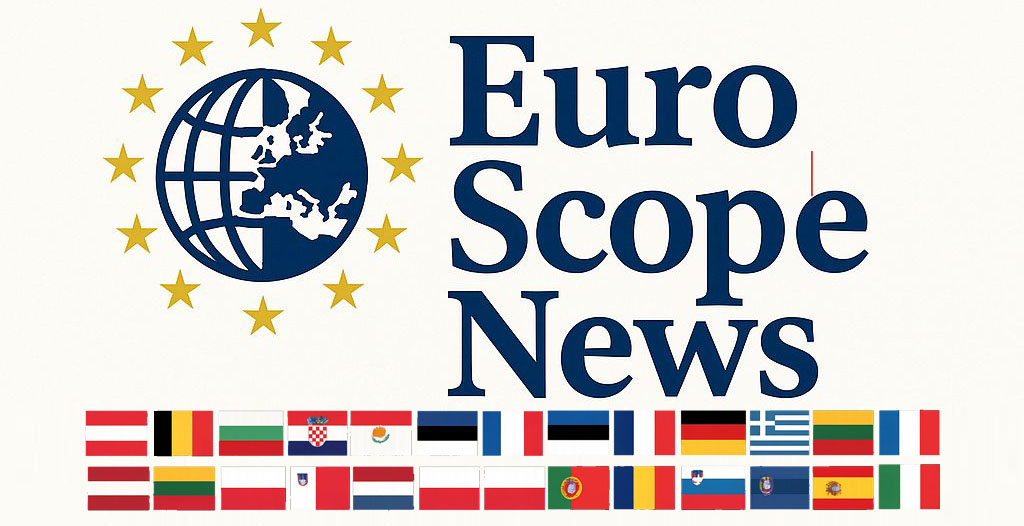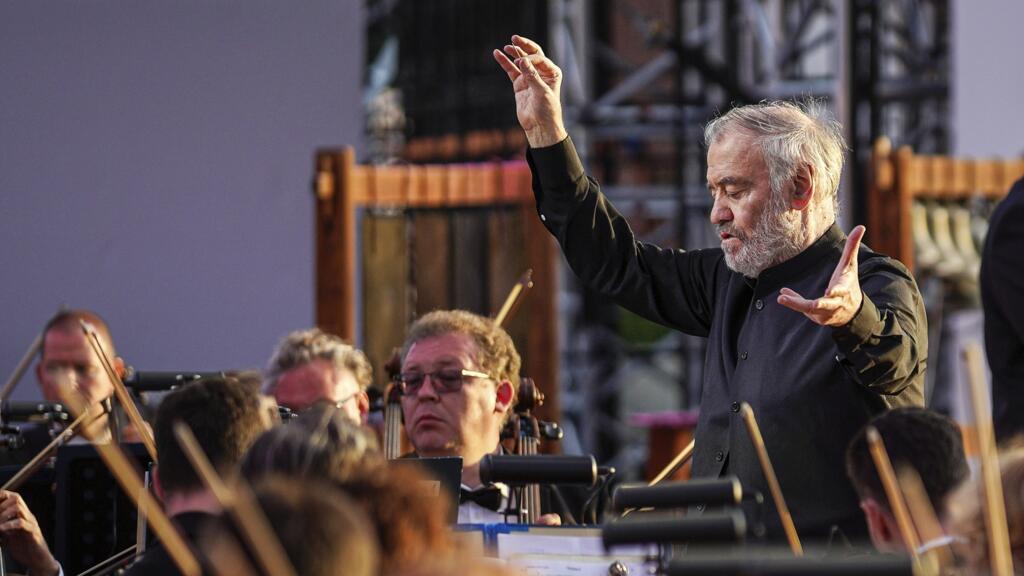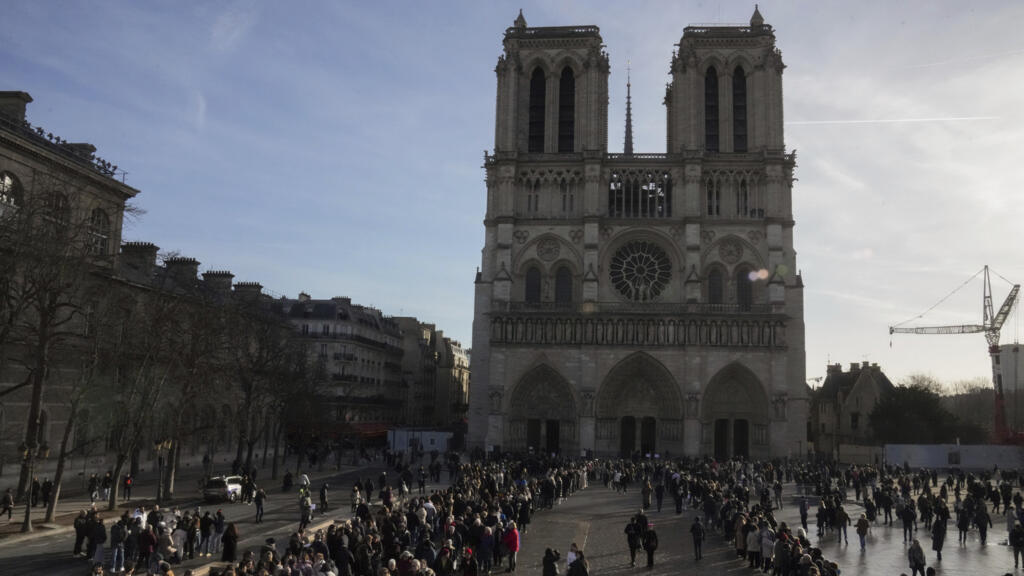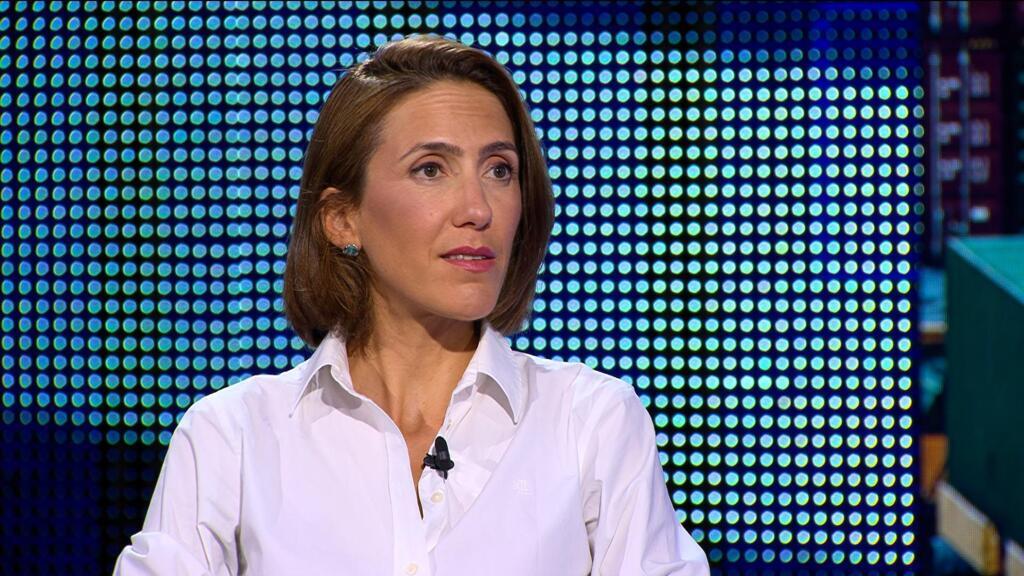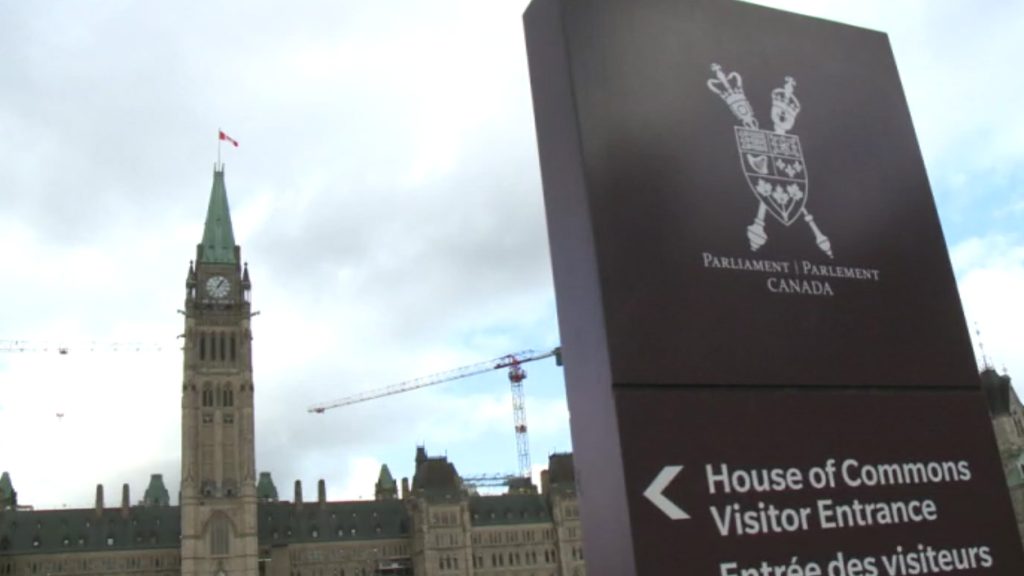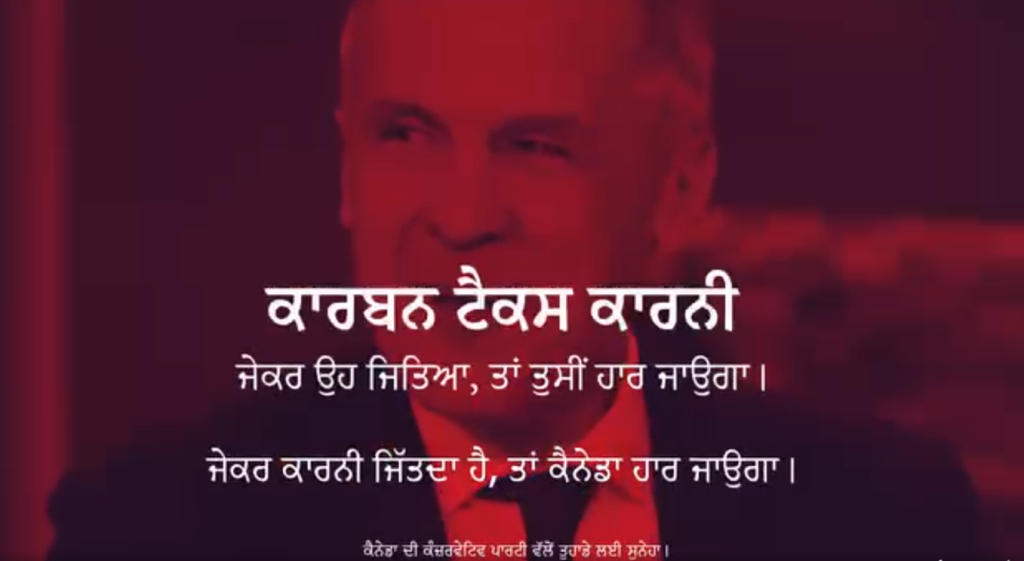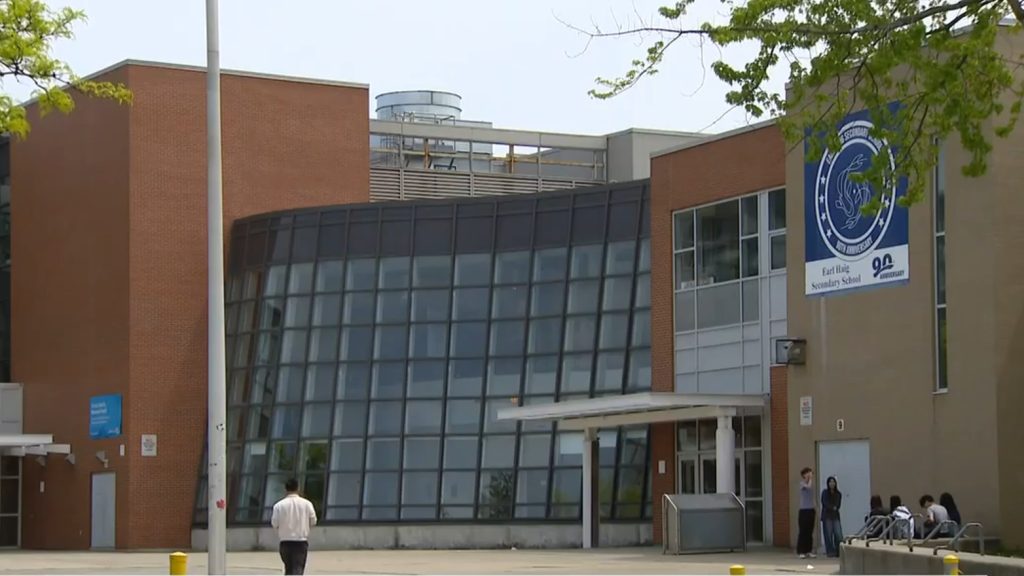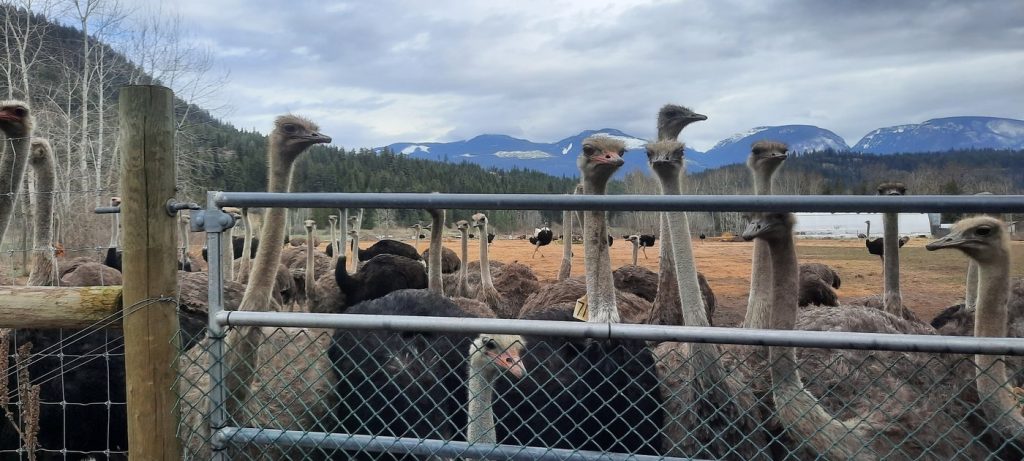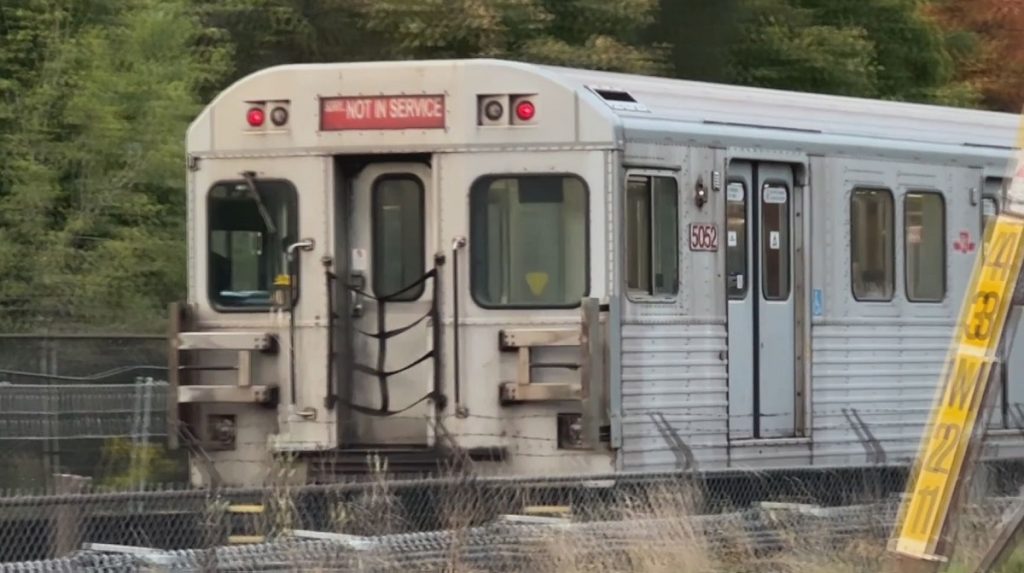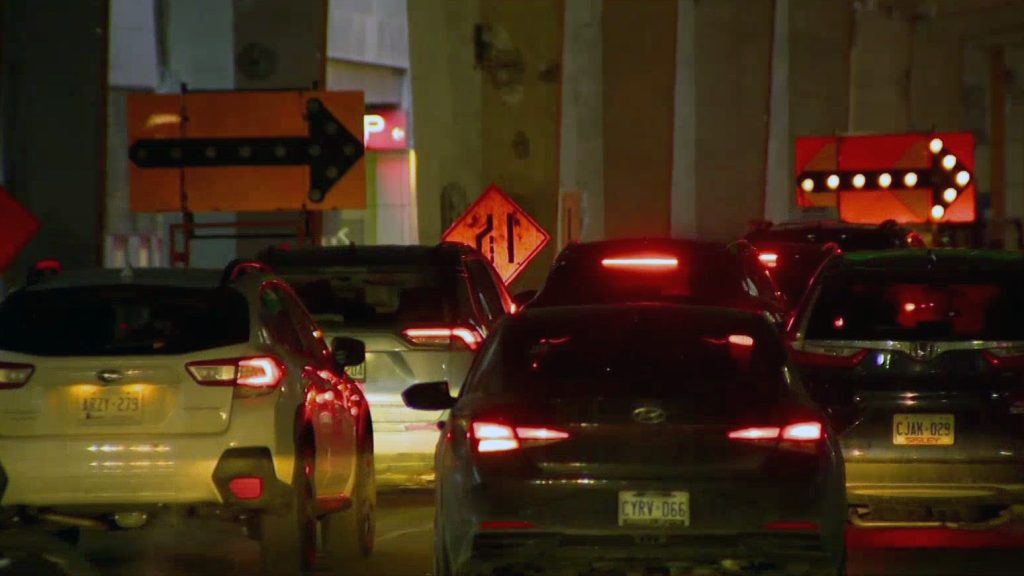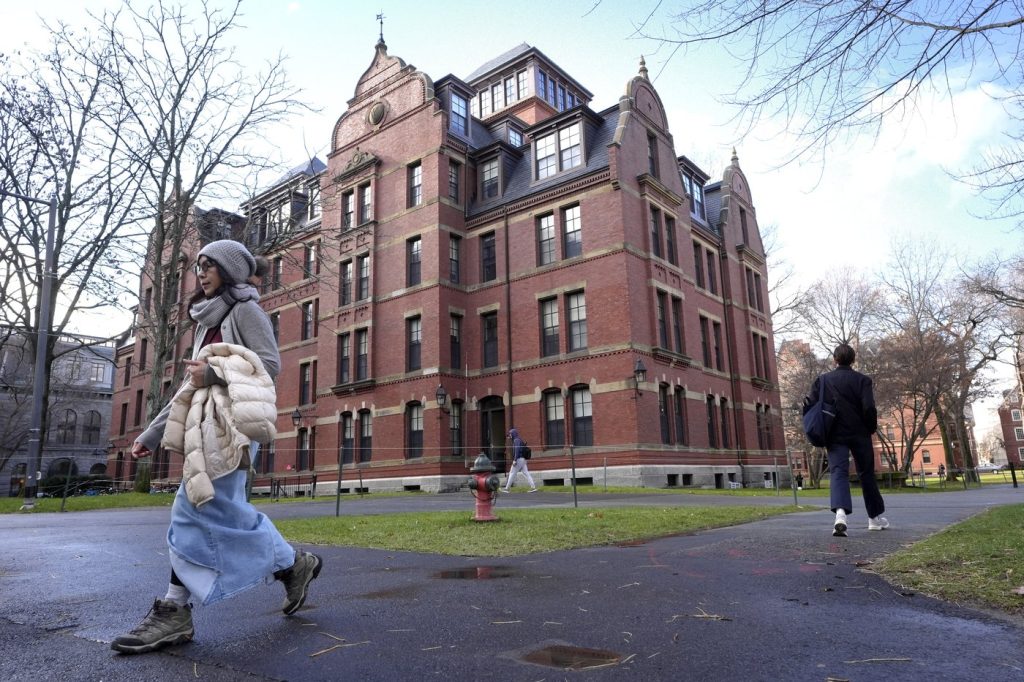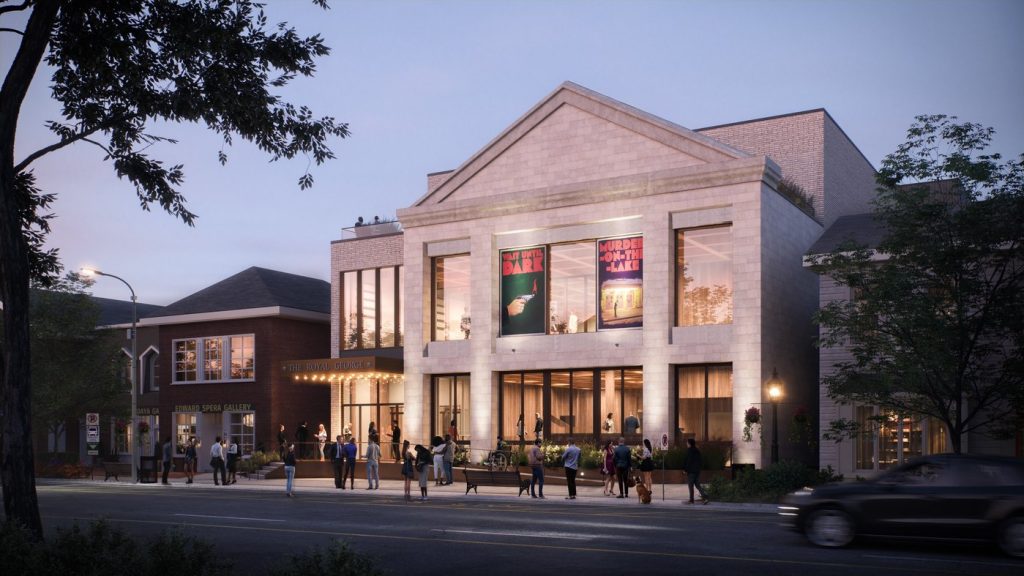More than three years have passed since Russia commenced its full-scale invasion of Ukraine in February 2022, yet the cultural landscape remains a fraught arena where art and politics intersect. In Europe, the response to the war has largely involved showcasing anti-Kremlin artists while sidelining performers linked to the Russian government. This careful curation has aimed to ensure that cultural institutions do not inadvertently support Kremlin narratives or soft power. However, the summer of 2023 has seen a shift, with several prestigious European venues opting to spotlight Russian artists who are associated with the Kremlin.
This development raises critical questions about the complexities of artistic expression and the nuances of political affiliations within the arts. Institutions that were once steadfast in their stance against exhibiting works from Russian artists viewed as providing soft power have re-evaluated their approach. The decision to highlight artists with ties to the Russian state reflects an evolving landscape where dialogue and diversity of opinion are increasingly valued, even amidst ongoing conflict. High-profile venues across Europe, including renowned galleries and performance spaces, are now grappling with the challenge of balancing artistic freedom with their stance on the geopolitical climate.
Prominent cultural figures and institutions are divided on this issue. Some argue that giving a platform to these artists could potentially undermine the message of solidarity with Ukraine, as it risks normalizing the Russian aesthetic and narratives aligned with the Kremlin. Critics warn that by showcasing these artists, venues may unintentionally legitimize their connection to the state, thus blurring the lines between individual artistic merit and national representation.
Conversely, proponents of showcasing artists with ties to the Kremlin argue that the arts should serve as a medium for dialogue rather than exclusion. They maintain that it is possible to engage critically with these artists and their works without endorsing the political ideologies they may represent. By doing so, they believe it challenges simplistic views of art in relation to politics, opening up spaces for discussion and engagement that might not otherwise arise.
Additionally, the cultural dialogue surrounding this issue has become more complex as artists from Russia express their positions regarding the war. Some have openly condemned the invasion, using their platform to voice their dissent against the Kremlin's actions, while others have remained silent or showed supportive stances, leading to difficulties in categorizing their artistic contributions solely based on their political affiliations. This divergence further complicates the decisions made by cultural institutions navigating this sensitive terrain.
The summer exhibitions featuring these artists have sparked discussions among audiences and critics alike, inviting individuals to examine their perceptions of art and politics. It has encouraged an exploration of what it means to engage with works created by individuals linked to a nation currently at war. This ongoing dialogue emphasizes the importance of understanding the broader context in which cultural productions take place—a context influenced both by individual artistry and the prevailing political environment.
As Europe continues to grapple with the consequences of the invasion, the arts remain a critical area of reflection and discussion. The current trend of highlighting Russian artists connected to the Kremlin serves as a potent reminder of the intricate relationship between culture and politics, challenging audiences to confront their biases and assumptions in the face of adversity. The ramifications of this cultural phenomenon will likely continue to unfold as the conflict persists and artistic voices evolve amidst the tumult of war.
```